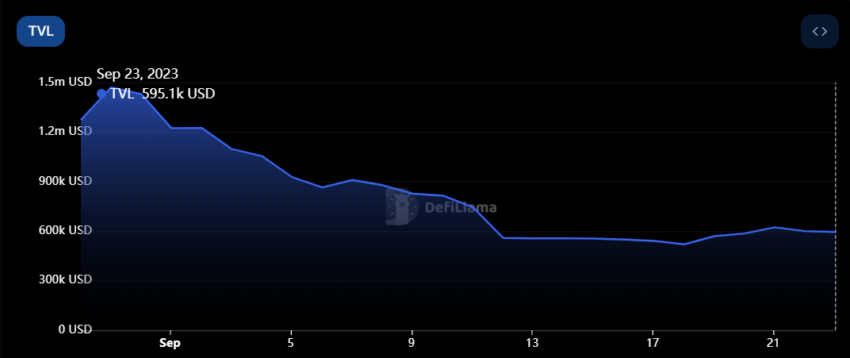Layer-2 network Shibarium has impressively handled over three million transactions in less than a month. This remarkable achievement suggests the network has garnered significant adoption relatively quickly.
Shiba Inu’s team maintains that the developments “behind closed doors” will further help Shibarium “demonstrate its strength and stability” soon.
Shibarium Enjoys High User Adoption
After addressing initial launch issues, the network has displayed significant performance improvements across key metrics. In the first week post-relaunch, the protocol engaged with over 1 million wallets, now at 1.25 million as of the latest update.
Furthermore, the network has seen over 3 million transactions, specifically totaling 3,085,075, at the time of writing.

However, it is noteworthy that daily transactions on the network have experienced a recent decline.
According to data from ShibariumScan, the average daily transactions on Shibairum between September 8 and September 15 exceeded 100,000. In contrast, recent data shows a decrease to approximately 40,000 transactions over the past few days.
Shina Inu’s Total Value Locked Declines
The recent decrease in transaction volume aligns with the declining value of assets locked within Shibarium. According to data from DeFillama, Shibarium’s Total Value Locked (TVL) has decreased since it peaked at $1.27 million on August 29.
This reduction in daily transactions and TVL raises concerns for the network, particularly in the face of a growing number of layer-2 networks.
Over the past two months, the crypto industry has witnessed the emergence of Base, a network backed by Coinbase, and the conversion of several layer-1 networks to layer-2. The rising competition has the potential to impact activity in Shibarium.

The ability of Shibarium to succeed could reflect whether the meme coin Shiba Inu will have real utility. This heightened activity has contributed to a notable increase in the burn rate for SHIB.
Data from ShibBurn reveals that 784 million SHIB tokens were burned in the last seven days, marking a substantial 47.7% increase in the burn rate.
 beincrypto.com
beincrypto.com